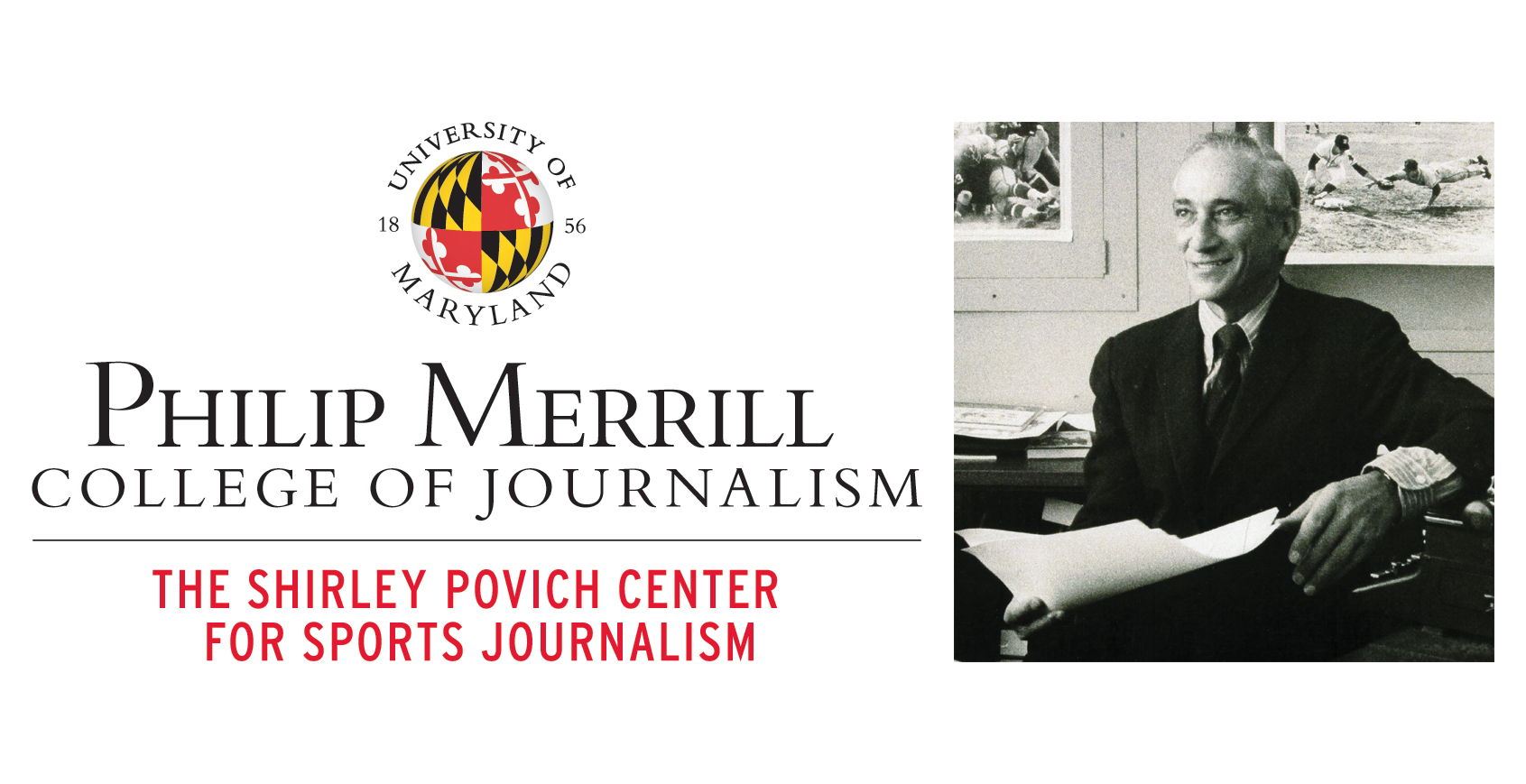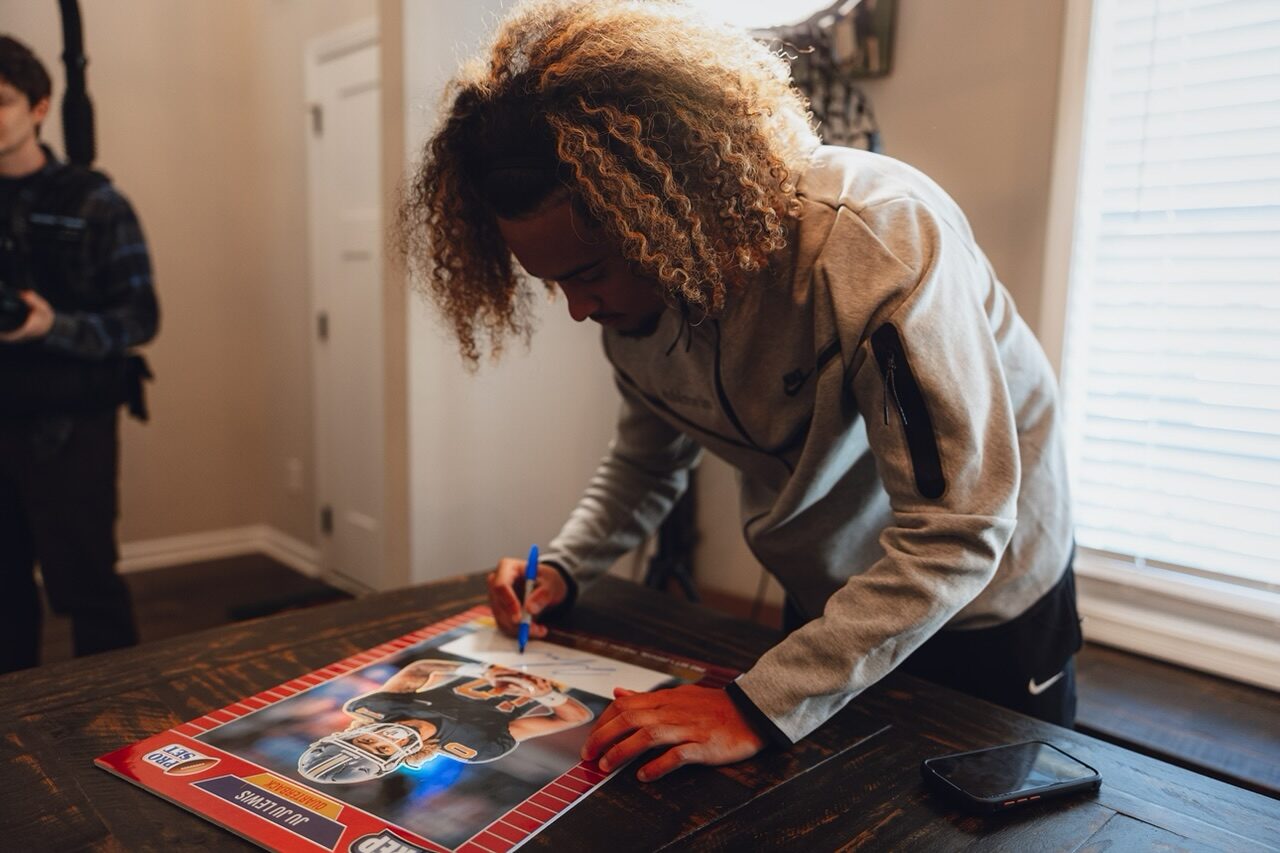
Can high school athletes get NIL deals? It depends what state you’re in
Name, Image and Likeness (NIL) is more the rule than the exception in high school sports. In 41 states and the District of Columbia, high school associations permit athletes to be compensated for appearing in advertisements and for using social media to pitch products. Four additional states permit NIL on a highly restricted basis.
Boom in NIL opportunities exposes need for education for athletes and their parents
As the number of state high school athletic associations that allow Name, Image and Likeness deals for athletes has grown, the need for NIL education seemingly has grown as well.
For College HUNKS, Portland Gear, high school athletes are star endorsers
In the eyes of some business owners, NIL deals with high school athletes are new and untested.
Even in the era of high school NIL, most states oppose collectives
In high school sports, getting paid isn’t prohibited for all athletes anymore. In 41 states and Washington, DC, athletic associations permit high school players to be compensated for use of their Name, Image and Likeness (NIL).
Impact of NIL on transfers is unknown but raises questions for high school officials
A star basketball recruit moves from one top high school program to another in the Washington D.C. area, just before the start of the school year. Two more top prospects leave Alabama for Georgia.
Little League Baseball provides big stage for youth athletes but its NIL rules are murky
There’s no bigger stage for a youth athlete than the annual Little League World Series, an international tournament for youth baseball stars every August in Williamsport, Pennsylvania.
High School Sports and NIL: An Explainer
This video provides an overview of the current patchwork approach to NIL, with policies differing from state to state.
ABOUT THIS PROJECT
"High School Sports and NIL: How dollars are changing the game" is a four-month investigation into Name, Image and Likeness and its impact on high school sports. The reporting reveals a patchwork approach with most states permitting NIL but under differing rules and nine states prohibiting or greatly restricting it. Differences among state policies has created challenges for athletes, parents and others who may be unfamiliar with the rules and incentives for some elite players to switch schools and states in pursuit of better deals.
Produced by students at the Shirley Povich Center for Sports Journalism, the project includes an in-depth state-by-state report that compares and contrasts how high school athletic associations in all 50 states and the District of Columbia are navigating NIL.
A dozen student journalists participated in the project, reviewing NIL policies and conducting dozens of interviews across the country with athletes, coaches, school principals and business owners who have hired high school athletes as spokespeople.









